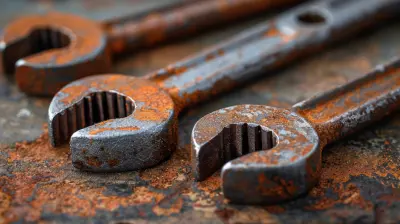Exploring the Potential of DNA Data Storage
10 November 2025
Okay, folks, buckle up. We’re diving headfirst into a topic that sounds like it was pulled straight from a sci-fi script — storing data in DNA. Yes, you read that right! The double-helix stuff nestled inside your cells that makes you uniquely, wonderfully you might just be the future of hard drives. If your brain is already doing cartwheels, hang tight. We’re breaking this down the fun way.
So grab a cup of coffee (or tea, if you’re fancy), and let’s chat about the wild, mind-bending world of DNA data storage — where biology meets bytes and your next "USB stick" could literally be something scientists extract from a soup of molecules.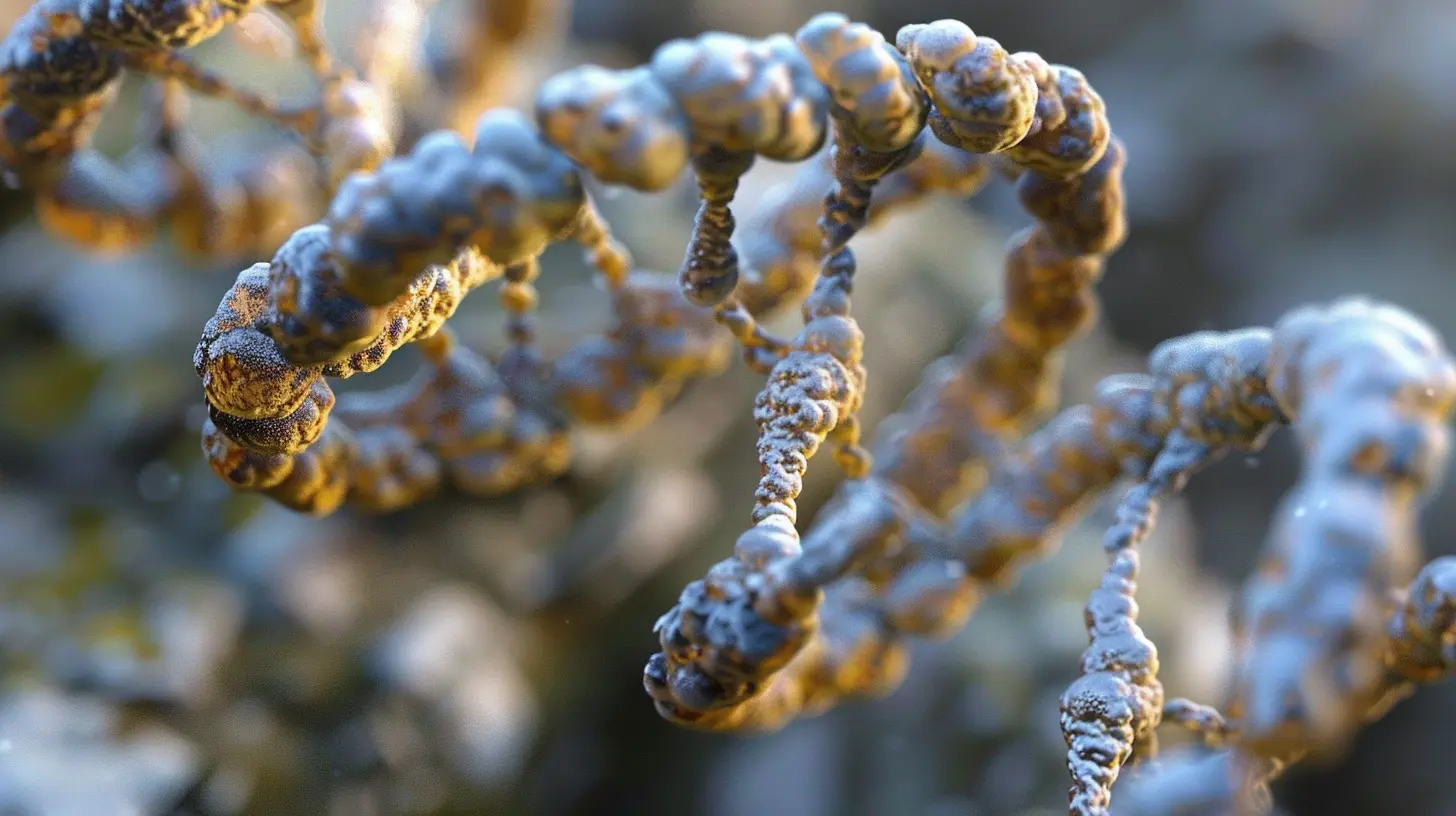
What in the World Is DNA Data Storage?
Alright, let’s start with the basics. DNA data storage is the process of encoding digital data into synthetic strands of DNA. Instead of saving files on silicon chips or spinning magnetic platters, we’re talking about storing them on a substance that’s been in play for billions of years.Yes, the same thing your body uses to store “how to make a human” instructions, can also store your cat videos and tax documents. Amazing, right? Except, cat videos might actually outlive humanity in this format. Spooky.
Instead of binary 1s and 0s, DNA data storage uses the four nucleotide bases — A, T, C, and G. Think of them as the ATCG version of your regular ol' ones and zeroes. With some scientific sleight of hand, data is translated from its digital form into DNA sequences and then synthesized into tangible strands.
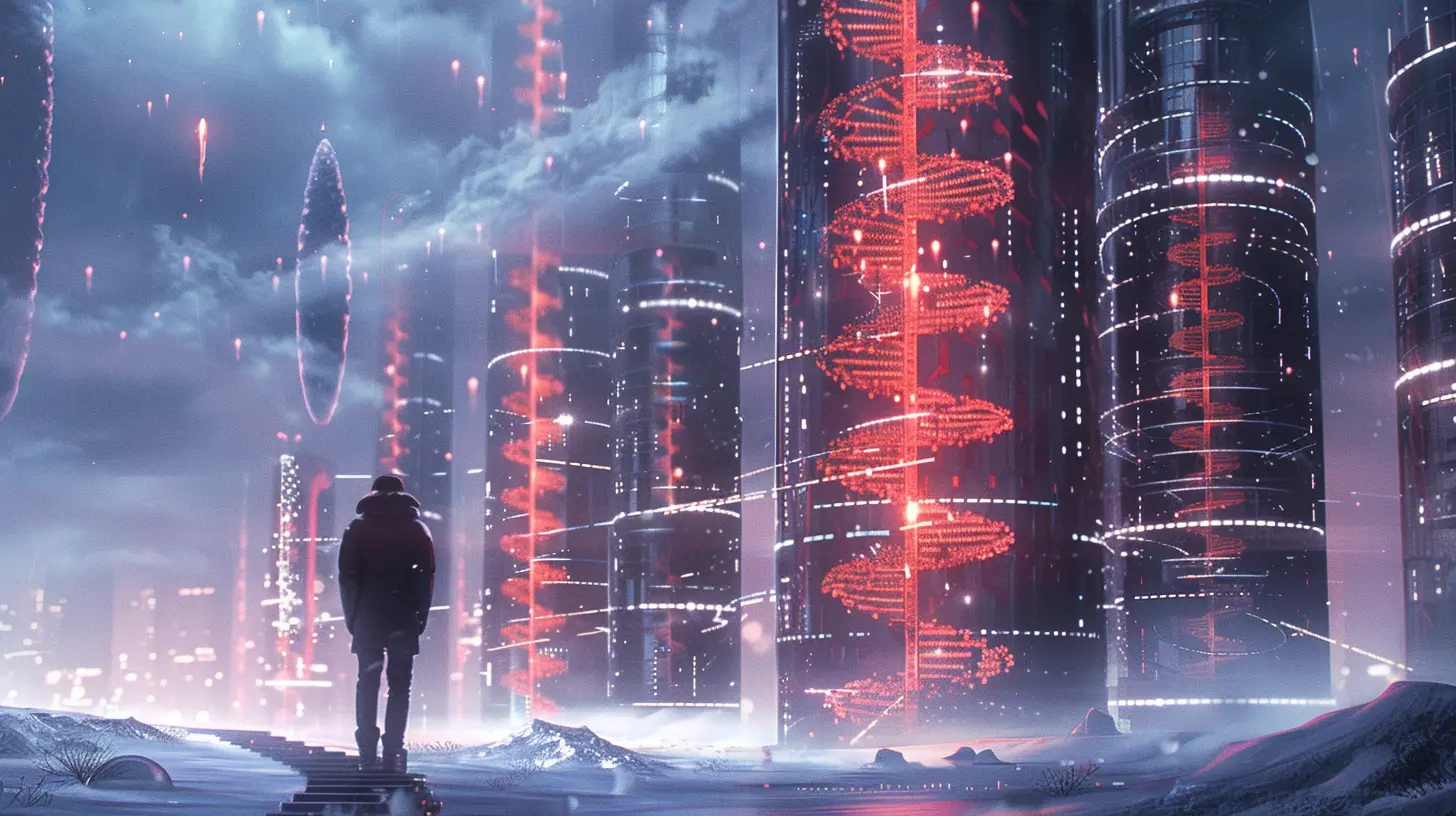
Why Even Bother with DNA for Storage?
At first glance, this idea feels a little extra, doesn’t it? I mean, we’ve already got thumb drives, cloud storage, external hard disks, floppy disks (if you're a digital archaeologist), and a bunch of other ways to save our files. So what's the big deal with DNA?Let's dive into the ultra-nerdy but cool benefits:
1. Insane Storage Density
Have you ever tried to back up your entire PC to a flash drive and had it yell at you for not having enough space? Guess what — all the world’s existing data (and we’re talking zettabytes here) could theoretically fit into a shoebox worth of DNA.Just to give you a wild visual: 1 gram of DNA can store over 215 petabytes of data. That’s like trying to stuff 200 million gigabytes into a sugar cube. If data storage were a competition, DNA would be sprinting while hard drives are still tying their shoelaces.
2. Longevity Like a Fine Wine
DNA doesn’t just store a lot — it stores for a long, long time. We’re talking thousands of years, if kept in the right conditions. While your USB stick might croak after 5-10 years, DNA can still be readable after centuries. Basically, it’s the sourdough starter of the storage world — oddly resilient.3. Extreme Compactness
You know how server farms take up entire buildings and guzzle electricity like a thirsty camel? DNA storage doesn’t need all that. It can sit quietly at room temperature, not hogging electricity, not spewing heat. It's like the Marie Kondo of data: small, tidy, and shockingly efficient.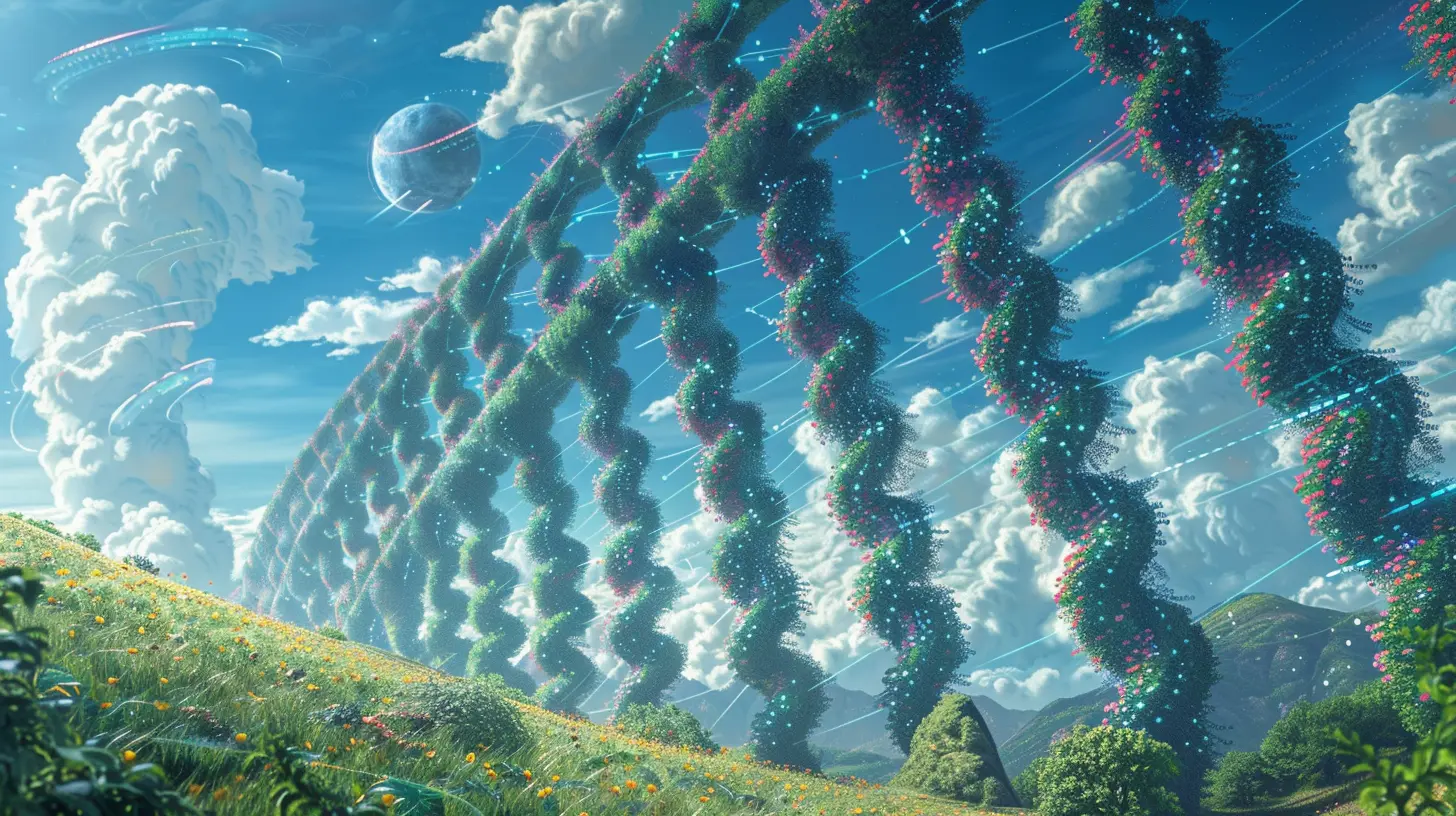
How Does It Actually Work?
Okay — let’s demystify this magic. Here's a fun-size breakdown of how DNA data storage actually works.🧬 Step 1: Encoding
This is the digital-to-biological translation. Each 0 and 1 in your file is converted into a sequence of A, T, C, and G, based on a custom algorithm. Think of it like taking a digital recipe and turning it into a secret DNA cookbook.🧪 Step 2: Synthesizing
Once the encoding is done, the resulting sequence is synthesized into actual DNA molecules. And no, it’s not extracted from your body — they cook this stuff up in a lab. Nerds in lab coats, test tubes, and pipettes galore.📦 Step 3: Storage
The DNA strands can be stored in tiny vials or even dried into powder (yes, powdered information — sprinkle that on your cereal). No need for electricity, no need for a colossal data center. Just add science.🔍 Step 4: Reading It Back
To retrieve your data, you sequence the DNA — basically reading the order of ATCGs — then decode it back into digital format. Think of it like unzipping a highly compressed, molecular zip file.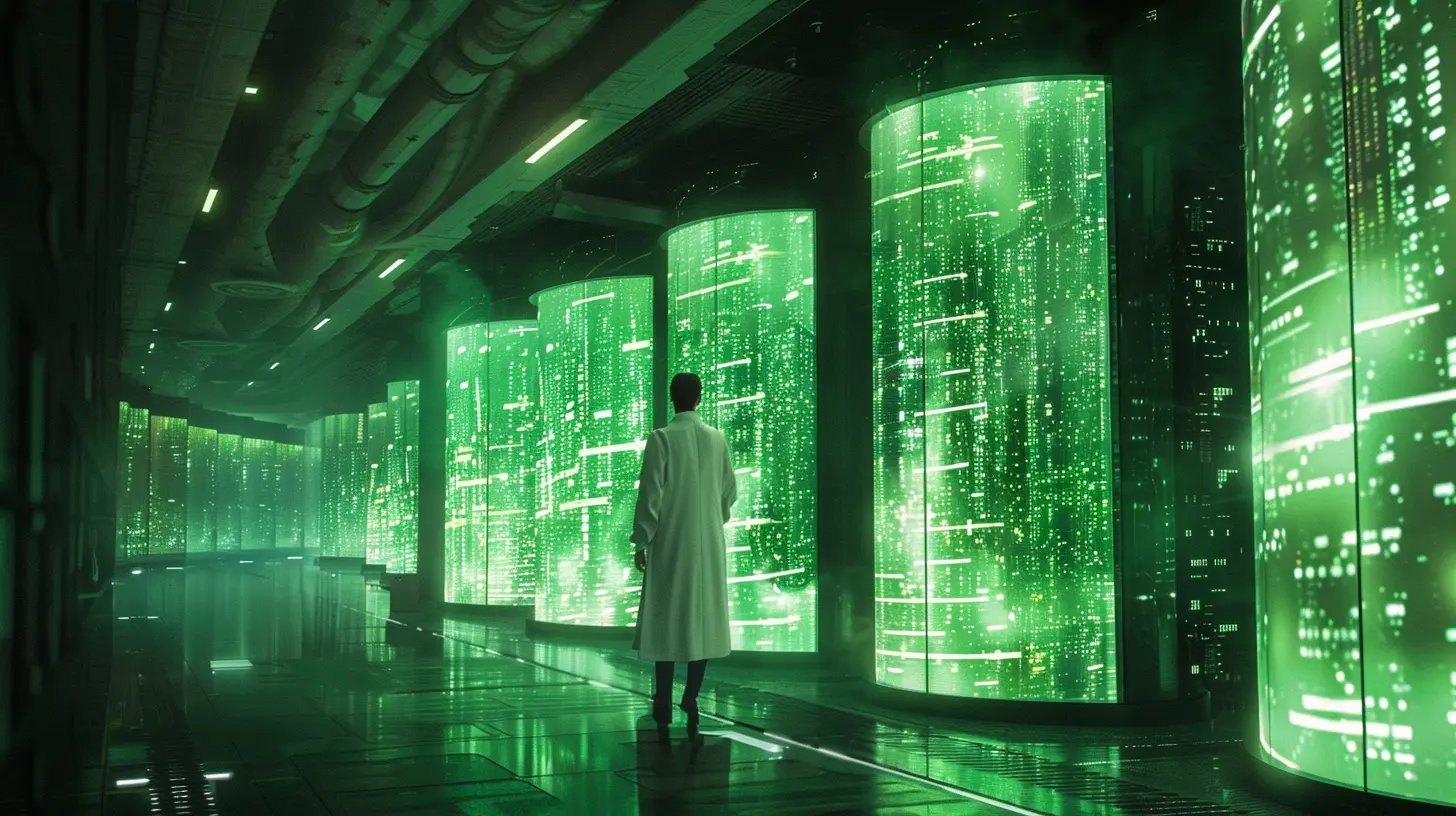
But Wait, What’s the Catch?
You knew it was coming — the “too good to be true” moment. DNA data storage is jaw-droppingly cool, but it’s not quite ready for everyday use just yet.💸 It’s Expensive (For Now)
Creating and reading synthetic DNA is still crazy expensive. We're talking thousands of dollars to encode and decode a few megabytes of data. So unless you're Jeff Bezos backing up baby photos, it’s not super practical just yet.🐢 Slow As a Snail on Vacation
DNA data storage isn’t winning any speed races either. Encoding, writing, and retrieval take way longer than your average SSD. Not ideal if you're trying to binge-watch Netflix using DNA drives.🧪 Complex Handling
Storing and accessing data in DNA requires specialized equipment and expertise. Your average IT guy probably isn’t trained in gene sequencing. Yet.So... Who's Actually Using DNA for Storage?
Despite its fancy sci-fi vibes, real companies and research labs are already tinkering with DNA data storage.- Microsoft has teamed up with the University of Washington to build a fully automated system to encode data into DNA. Because, of course, Microsoft is involved.
- Twist Bioscience, a biotech firm, actually sells synthetic DNA for data storage research. Imagine shopping for gigabytes in test tubes.
- Even the U.S. government has shown interest. Probably to store secret alien footage or the recipe for the perfect pancake.
Future Possibilities: DNA's Data Domination Plan
You're probably thinking, "Okay, this is cool and all, but will I ever store my Spotify playlist in DNA?" Maybe not next week, but in the not-so-distant future, who knows?☁️ Cloud Storage Without The Farms
Imagine if instead of massive data centers sucking up energy and space, we had DNA archives the size of a bookshelf. That’s like trading your gas-guzzling truck for a sleek electric bike. Same purpose — less waste.🛸 Archiving Human Knowledge — Forever
DNA could store all of humanity’s knowledge and survive doomsday events. Meteors? Zombies? Global warming? As long as someone can read DNA, they'll know we once invented pizza rolls and TikTok dances.📦 Personal DNA Data Vaults
What if in 20 years, you pop down to Walgreens and order a DNA memory stick with your entire life on it — childhood photos, binge-watched shows, embarrassing karaoke clips. All safe in a vial the size of a vitamin capsule. Cool or creepy?Just for Laughs: Weird Things You Could Store in DNA
Let’s get silly. Here are some ridiculous things you could theoretically store in DNA:- Every single episode of "The Simpsons" dubbed in Klingon
- Your complete internet search history (scary, right?)
- All 732 selfies from your Iceland trip that you’ll never sort through
- The entire works of Shakespeare, Morse-coded into emoji and then encoded in DNA (for… reasons?)
- A list of every weird Amazon product you’ve ever clicked on but never bought
Final Thoughts: A Double-Helix Dream?
DNA data storage is radically cool — no doubt about it. Is it ready to replace your Google Drive? Not quite. But the potential is massive. Whether it's archiving the world's art, preserving cultural history, or just giving future aliens something weird to decode, the idea of storing data in DNA checks every box for "why didn't we think of this sooner?!"If it ever hits the mainstream, we might look back at hard drives and laugh like we now laugh at cassette tapes. “Remember when we used to store data on spinning disks? Lol.”
So next time you're thinking about where to stash your vacation photos, imagine a world where your data lives in something once reserved for biology textbooks. Who knew human history’s best backup plan might be...well, human!
all images in this post were generated using AI tools
Category:
Future TechAuthor:

John Peterson
Discussion
rate this article
1 comments
Preston McKenzie
DNA data storage represents a monumental shift in how we perceive information preservation. By harnessing the resilience and density of biological materials, we stand on the verge of a sustainable future. This innovative approach not only saves space but also redefines the boundaries of data longevity. Exciting times ahead!
November 10, 2025 at 4:30 AM

